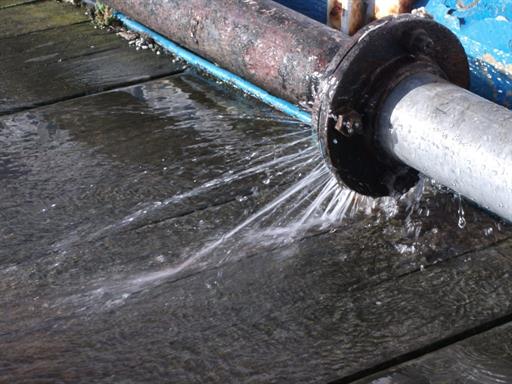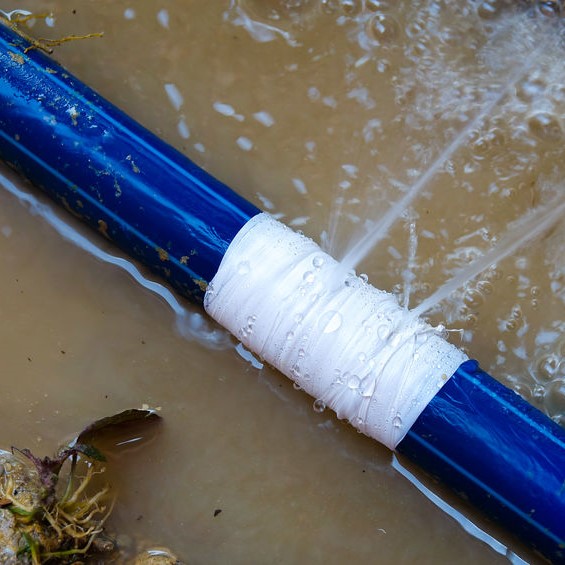Ruptured Pipes? No Panic! Exactly how to Detect and also Repair Quickly
Ruptured Pipes? No Panic! Exactly how to Detect and also Repair Quickly
Blog Article
Are you in search of suggestions concerning What to Know Before Installing a Dishwasher?

A burst pipeline is a significant emergency; you can only stand as you enjoy water you pay dearly to reunite with the planet. In worse situations, you see a pool on your kitchen area flooring, which is a fantastic trip threat, especially if you have kids around. If the pipeline that burst was in your wall surfaces, trouble: you may need to paint that whole section.
How can a catastrophe like a ruptured pipe be avoided as well as handled? Well, by paying attention to your professional emergency plumbers and complying with these policies.
Just how do I know when my pipes have burst?
Changing water stress
Pipelines do not simply burst in a day. You might have noticed that your kitchen tap or shower doesn't run immediately when you turn the tap. It might stop for a couple of seconds and after that blast you with more pressure than normal.
In various other circumstances, the water might appear normal at first, then drop in pressure after a few seconds.
Wet walls as well as water spots
Before a pipe bursts, it will leak, many times. If this consistent leaking goes unnoticed, the leak may graduate into a broad laceration in your pipeline. One simple method to prevent this emergency is to watch out for damp walls ad water spots. These water spots will lead you right to the leak.
Puddles under pipes and sinks
When a pipeline ruptureds, the discharge creates a pool. It might appear that the puddle is growing in size, and despite the amount of times you wipe the pool, in a couple of minutes, there's another one waiting to be cleaned. Often, you might not have the ability to map the puddle to any kind of noticeable pipes. This is a sign to call a professional plumber.
Untraceable trickling sounds
Pipe bursts can happen in one of the most undesirable locations, like within concrete, inside walls, or under sinks. When the house goes quiet, you might be able to hear an annoyingly relentless leaking noise. Also after you have actually inspected your shower head and cooking area faucet, the leaking might continue.
Dear viewers, the dripping might be coming from a pipe inside your wall surfaces. There isn't much you can do about that, other than tell a specialist plumber.
Turn off the Water
When water ices up, it expands in quantity by about 9 percent. And also it expands with significant force: The stress inside pipes might go from 40 pounds per square inch to 40,000 psi! No pipeline can hold that much pressure, so it bursts. The break may take place where the ice forms, yet more often, it takes place where water pressure locates a weak spot in the pipeline. That may be inches or perhaps feet from the frozen location. Find the water shutoff valve as well as turn off the water to avoid even more damage. You could also require to shut off the electrical energy as well, depending upon where the leakages occurs as well as just how huge it is.
Contaminated water
Many individuals presume a ruptured pipe is a one-way electrical outlet. Quite the contrary. As water spurts of the hole or wound in your plumbing system, pollutants locate their way in.
Your water may be infected from the source, so if you can, examine if your water tank has any kind of problems. Nonetheless, if your drinking water is provided and cleansed by the local government, you ought to call your plumber immediately if you see or smell anything amusing in your water.
What do I do when I find a burst pipe?
Your water meter will certainly remain to run even while your water wastes. To reduce your losses, locate the major controls and turn the supply off. The water pipe are an above-ground framework beside your home.
How to Fix & Detect a Leaking Pipe
How Do I Know if a Pipe is Leaking?
Leak detection tests can help you determine if your pipe has a leak. Even if you don’t see an apparent leak, you should still conduct leak detection tests regularly to save water and money—and prevent major damage to your home.
Water meter. It can be helpful to figure out what your usual water meter usage numbers are and then monitor them regularly. To monitor your meter, first, turn off all water faucets in your home. Check the meter and write down the numbers. In a few hours, check the meter again. If the numbers have changed, you have a leak. Water gauge. Use a water gauge to test your water pressure. Your showerhead should produce a certain amount of water pressure based on its model and design. If the pressure is lower than it is supposed to be for that specific showerhead, your home likely has a leak. Puddles. Look inside your bathroom, laundry, and kitchen sink cabinets. Puddles around the cabinets or around toilets, tubs, showers, and washing machines indicate the presence of a leaking pipe. You may also notice loose tiles, peeling or flaking paint, or mold caused by water accumulation. Napkin test. Even if you don’t see any puddles, you may still have a leak. You can test for water leaks in the bathroom, laundry, and kitchen by wiping below-sink connections with a napkin, paper towel, or piece of toilet paper. If it becomes damp, you probably have a leaking pipe under the sink. Discolored walls. Walls that are discolored—usually with brown or yellow stains—or bulging might mean that they have been impacted by water damage caused by a leaking pipe. Smell. A leaky pipe will create sitting water, and over time, that water may develop a musty smell. If your home smells musty, but you can’t locate the source, it may be due to a leak. Steps for Fixing a Leaking Pipe
A leaky drain can be remedied by tightening the pipe base, replacing the drain seal, caulking the rim, and tightening the pipe nut. Similarly, a leaking toilet pipe can be treated by tightening the packing nut. You may also need to replace the valve. A leaky faucet may just need tightening or replacement of the washers. If that doesn’t work, consider replacing your faucet. If your pipe has a hole in it, you may want to use a pipe leak sealer or pipe leak tape. This quick fix for water pipe leaks can also temporarily fix a copper pipe leak. https://www.ahs.com/home-matters/quick-tips/how-to-tell-if-pipes-are-leaking/

Do you really like reading about How to Prepare for Your Dishwasher Installation? Try leaving a remark down the page. We will be glad to hear your responses about this content. We hope that you come back again in the future. Make sure you take the time to distribute this post if you enjoyed reading it. I praise you for your time. Kindly check our website back soon.
Services
Report this page